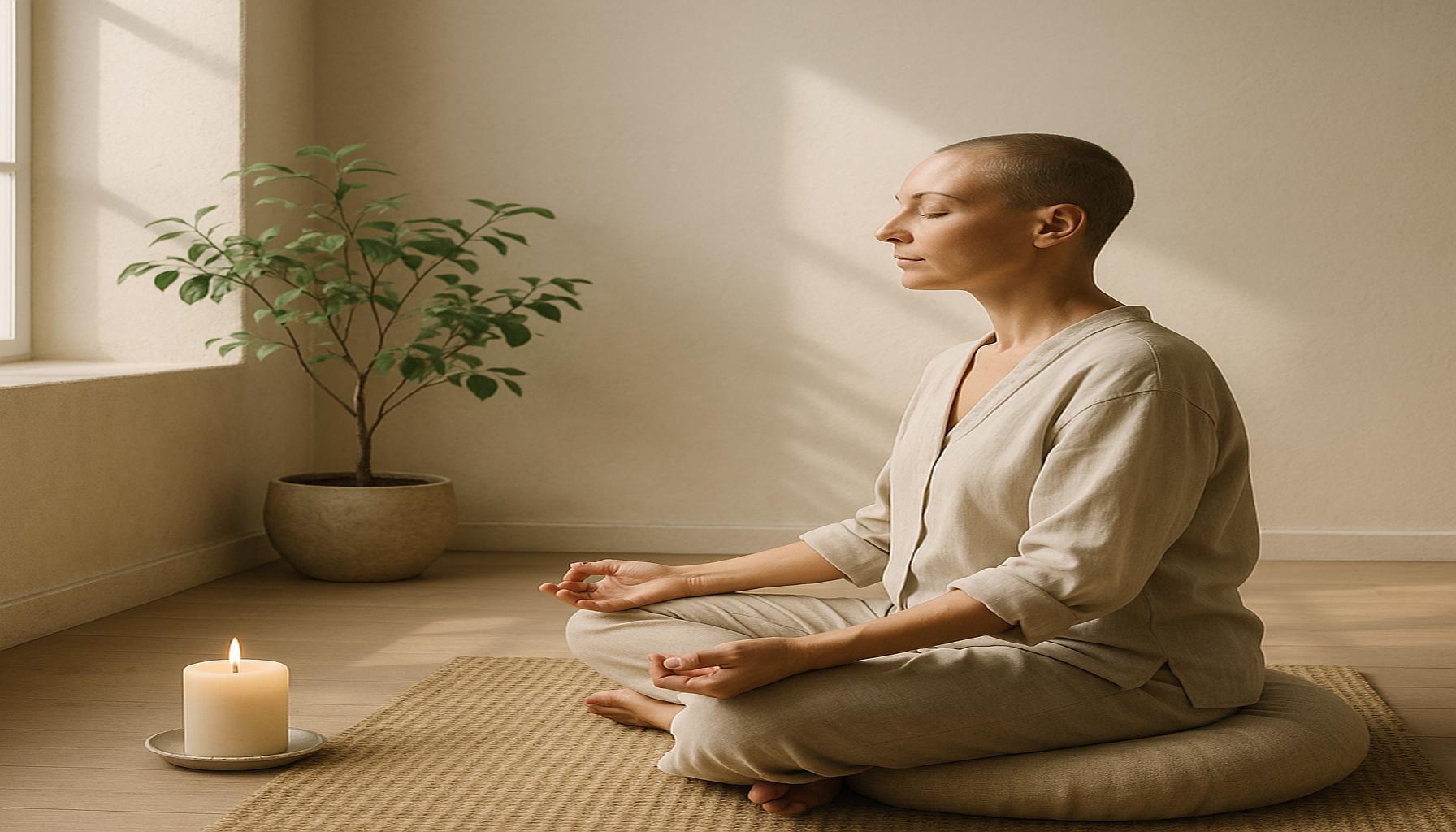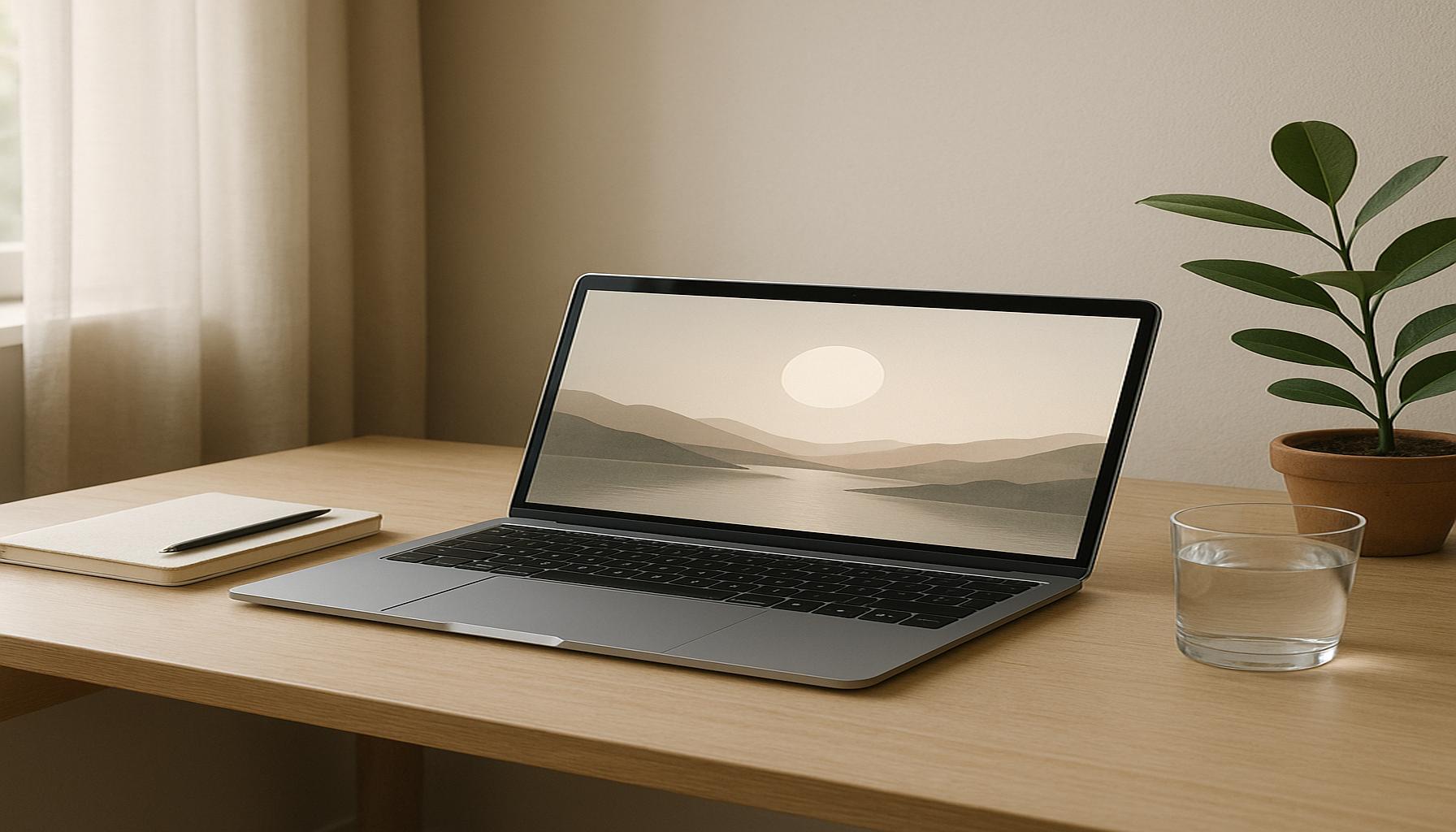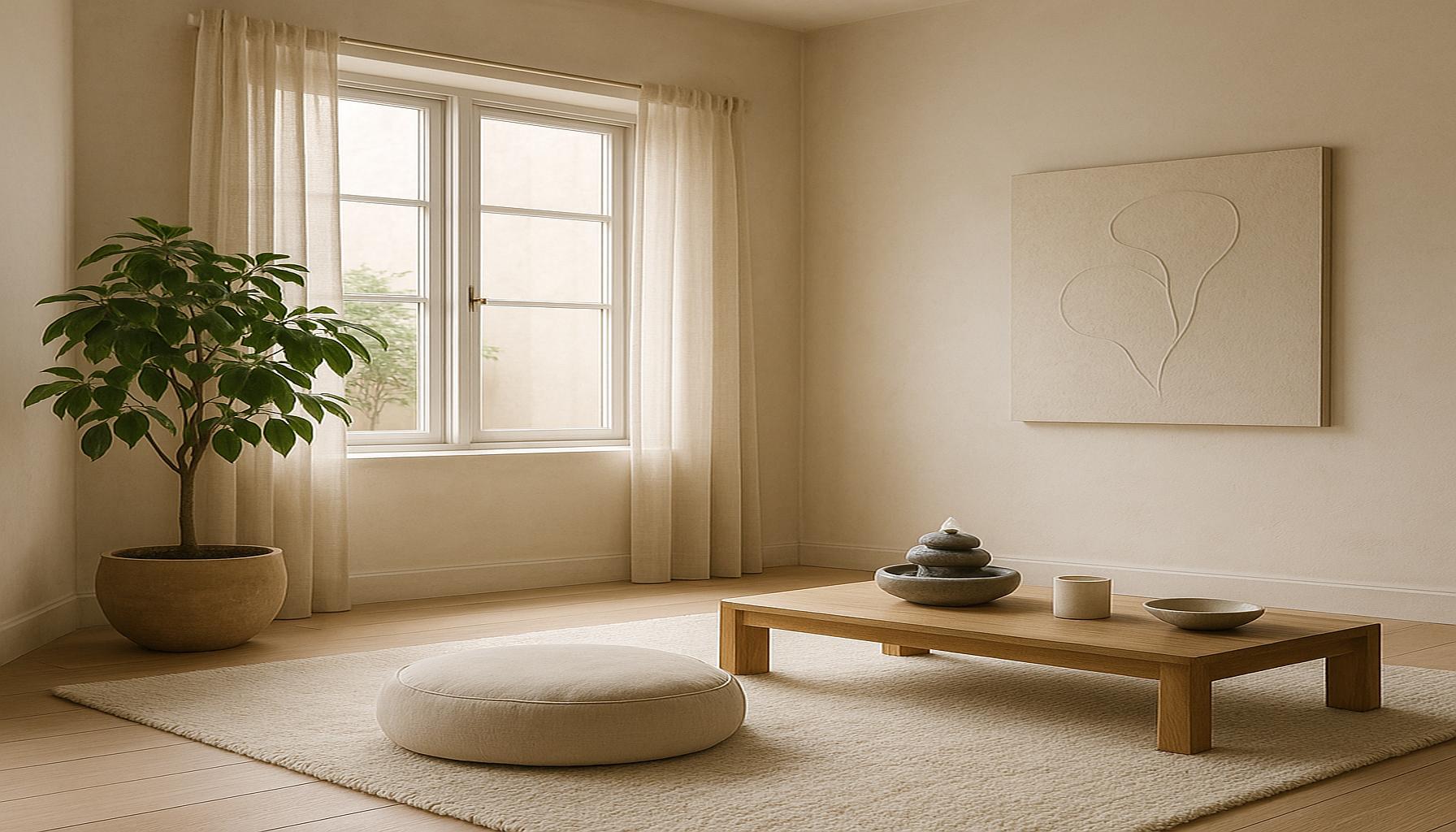Mindfulness and the Art of Letting Go: How Mindfulness Can Facilitate the Release of Unnecessary Objects
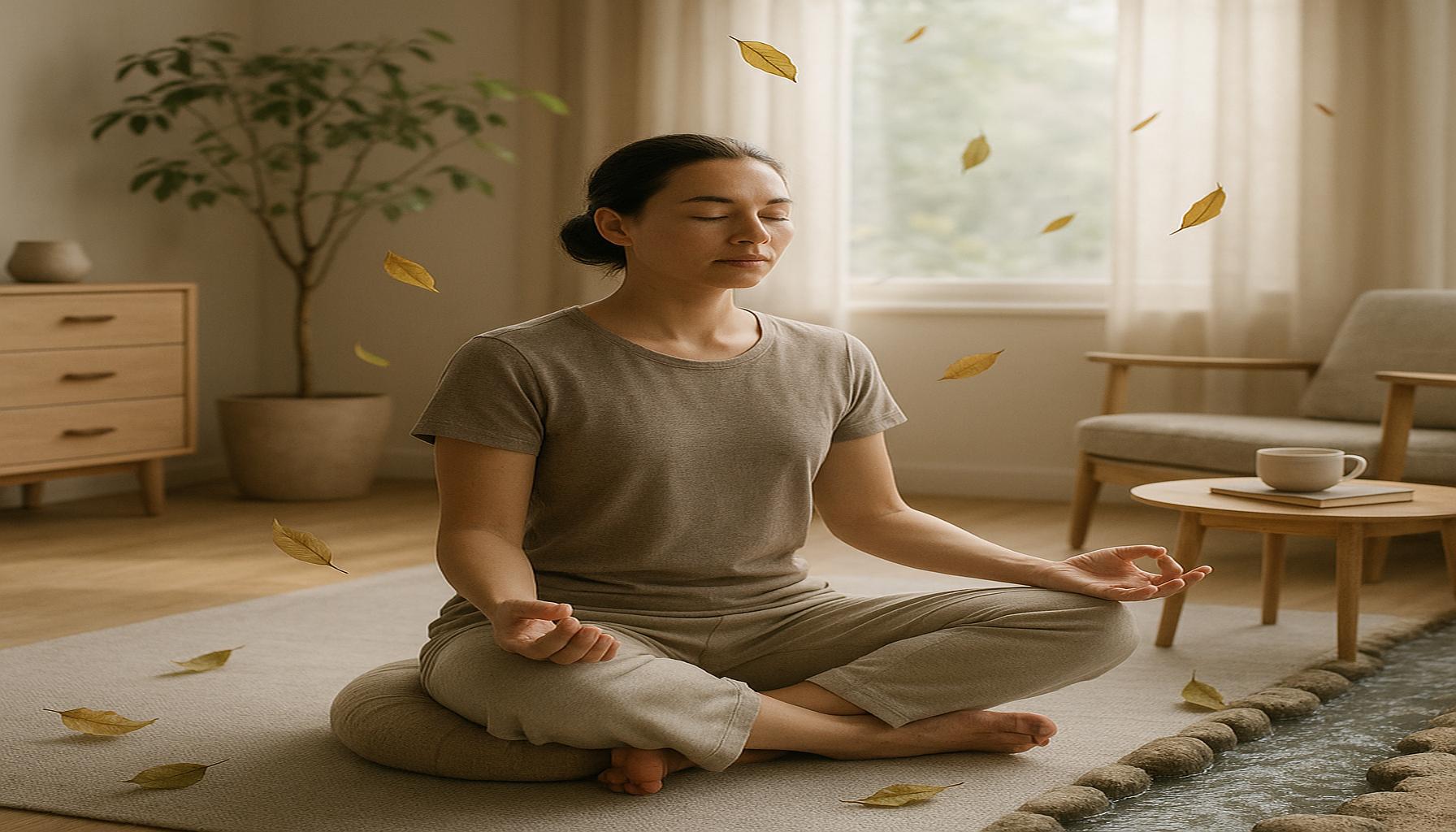
Understanding the Art of Letting Go
In today’s fast-paced society, where consumerism often dictates our lives, we find ourselves burdened by a multitude of possessions. The overwhelming need to accumulate ‘stuff’ can cloud our judgment and hinder our ability to appreciate what truly matters. This is where mindfulness enters the picture, offering a pathway to clarity and fulfillment by promoting the art of letting go.
At its core, mindfulness emphasizes being present in the moment and maintaining a heightened awareness of our surroundings, including our emotional and psychological attachments to items we own. For instance, it isn’t uncommon for individuals to hold onto clothes that no longer fit or gifts that carry sentimental value—often, these items linger in our closets, weighing heavily on our minds. By practicing awareness, individuals learn to recognize these emotional attachments and question their necessity, thus paving the way for an organized and serene environment.
Evaluating Purpose and Intent
The next step involves intentionality: understanding the purpose of each item in your life. Take a moment to consider the difference between items acquired for genuine use and those retained out of habit or guilt. Items such as kitchen gadgets that remain untouched or outdated technology that collects dust illustrate this concept. By consciously evaluating your possessions, you can decide what should stay and what needs to go.
This process of filtering often brings up feelings of guilt or fear associated with letting go. Here, detachment becomes essential—learning that relinquishing items does not equate to discarding memories or devaluing their significance. One way to practice this is through the “30-day declutter challenge,” where individuals aim to donate or dispose of one item on the first day, two items on the second day, and so forth, gradually easing into the emotional journey of letting go.
Benefits of a Mindful Declutter
As we progress in our mindful decluttering journey, the benefits become apparent. First, a clearer living space naturally leads to a calmer mindset. Research indicates that clutter can contribute to increased stress and anxiety, making it more difficult to focus and relax. In contrast, a tidy environment fosters feelings of peace and productivity. Furthermore, when we let go of unnecessary possessions, we often notice a corresponding reduction in stress and anxiety, allowing for improved mental clarity and better emotional resilience.
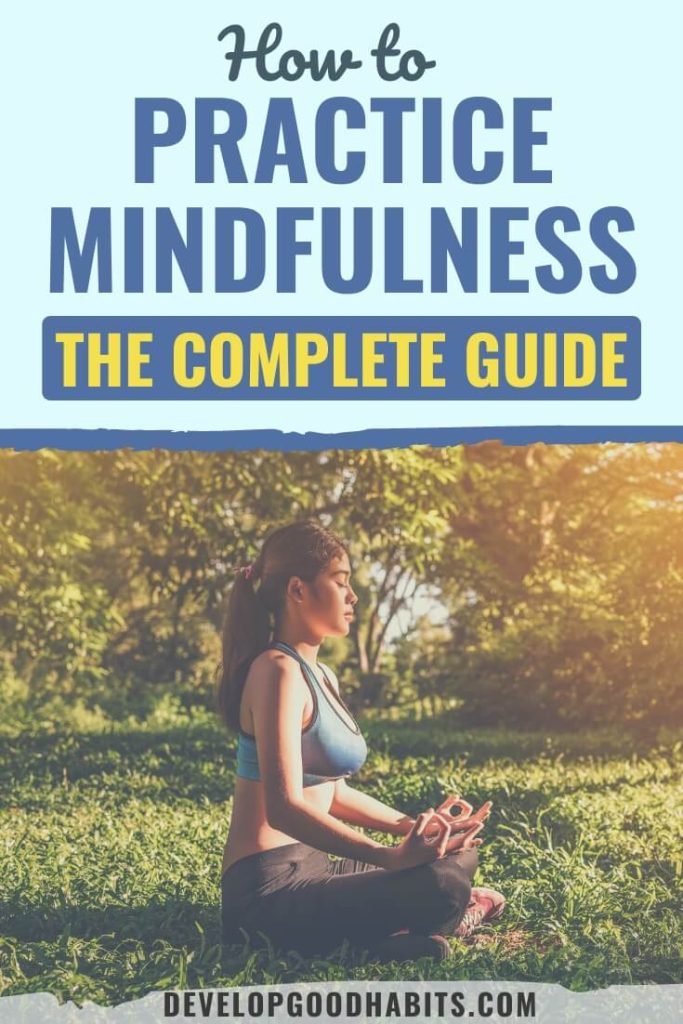
In conclusion, the journey of embracing mindfulness and the art of letting go is deeply personal yet universally applicable. As you reflect on your relationship with your possessions, consider this transformative process not just as a means to declutter your physical space, but as a way to rejuvenate your overall outlook on life. Start today, and see how a mindful approach can illuminate both your home and heart.
DISCOVER MORE: Click here to learn about mindfulness and its benefits</p
The Journey of Self-Discovery Through Mindfulness
Practicing mindfulness is more than just a relaxation technique; it is a transformative approach to understanding ourselves and our relationships with our possessions. It enables us to delve deeper into the meaning we attach to our belongings, provoking valuable insights about our emotional states and inner motivations. As we engage with mindfulness, we learn that each object we hold onto often tells a story—one that may be rooted in nostalgia, guilt, or even unfinished dreams. By examining these associations, we can begin to untangle the complex web of attachment and discard what no longer serves us.
Recognizing Emotional Triggers
One of the first steps in this mindful decluttering process is recognizing the emotional triggers tied to our belongings. These triggers can range from happiness associated with a treasured childhood toy to the sadness of a long-lost relationship symbolized by a gift. To navigate this intricate landscape, consider undertaking the following reflective practices:
- Visual Assessment: Gather items from a specific area in your home and lay them out in front of you. Take a moment to reflect on the memories and emotions tied to each item.
- Journaling: Keep a journal to document your feelings about why you hold onto certain possessions. This can help you clarify whether these objects contribute to your happiness.
- Mindfulness Meditation: Engage in a short meditation where you visualize releasing these items, observing any feelings of resistance or relief that may arise.
Through these exercises, you can start to understand the weight of emotional attachments and why certain items may no longer resonate with your current self. This awareness is the first step in fostering a mindset conducive to letting go.
The Role of Gratitude in Letting Go
Another crucial aspect of the mindfulness journey is practicing gratitude. Instead of viewing decluttering as a loss, consider it a transformative transition. As you deliberate on potential items to let go, focus on appreciating their role in your life. This may involve thanking a piece of clothing that served you well during a particular period or honoring a book that has provided insights.
Such practices of appreciation allow you to maintain a positive emotional baseline, mitigating feelings of loss as you embrace the act of letting go. This shift in perspective creates a space where you can envision new possibilities without the weight of unnecessary objects dragging you down.
Ultimately, the process of letting go is not merely about emptying your living space but is deeply intertwined with your mental and emotional well-being. By engaging in mindfulness and developing a deeper understanding of your belongings, you can experience newfound freedom—a clearer mind, a lighter heart, and a rejuvenated sense of self.
| Mindfulness Benefits | Observations |
|---|---|
| Enhanced Clarity | Practicing mindfulness helps individuals see what truly matters, thereby enabling them to identify unnecessary objects that clutter their lives. |
| Emotional Release | Mindfulness encourages emotional awareness, allowing one to let go of sentimental attachments to objects that no longer serve a purpose. |
| Improved Focus | By focusing on the present moment, mindfulness practices help individuals prioritize what truly enhances their well-being. |
| Stress Reduction | Releasing unnecessary items through mindfulness can lead to a lighter, calmer state of mind, free from the burden of physical clutter. |
Mindfulness is not just about relaxation; it provides a framework for profound personal transformation. As individuals practice letting go of unnecessary items, they often experience greater emotional resilience and improved overall well-being. This journey towards minimalism encourages a lifestyle centered around the essentials, leading to more intentional living. By engaging in mindfulness techniques, one can better understand the reasons behind their attachments, facilitating a smoother release process. Moreover, as mindfulness becomes a regular practice, the benefits extend beyond mere decluttering. It fosters a deeper connection with oneself and the environment, encouraging individuals to reflect on the significance of each object they own. Through continuous self-awareness and an understanding of impermanence, individuals can find peace in letting go, promoting an enriching and fulfilling existence. Engaging in mindfulness practices can seamlessly blend into the art of decluttering, making the process not just about physical space but also about enhancing mental clarity and emotional health. The benefits are tangible and inviting, leading participants on a path of discovery that echoes the essence of living with purpose.
DIVE DEEPER: Click here to discover how mindfulness can transform your minimalist lifestyle
Creating Space for Mindful Living
Once we recognize the emotional attachments tied to our possessions and embrace gratitude’s role in the decluttering process, we can shift our focus toward creating a space conducive to mindful living. The concept of ‘space’ goes beyond mere physicality; it encompasses mental clarity and emotional liberation. As we let go of unnecessary objects, we are, in essence, making room for new experiences, relationships, and growth.
Reflections on Seasonal Changes
The changing seasons can serve as an insightful metaphor for our personal decluttering journey. Each season possesses its themes—spring symbolizes renewal, summer emphasizes vitality, autumn encourages reflection, and winter invites introspection. By harmonizing our decluttering efforts with these seasonal shifts, we can leverage nature’s rhythms to guide us in the letting go process.
For instance, as spring arrives, many embrace the notion of “spring cleaning.” This can be the perfect opportunity to practice mindfulness by evaluating which items are still necessary in your life and which are ready to be released. Consider the practice of an annual ritual where you consciously evaluate your belongings in conjunction with the changing seasons. This cyclical reflection fosters a deeper understanding of your evolving self.
The Minimalist Mindset and Sustainability
A minimalist mindset aligns perfectly with the principles of mindfulness. It encourages us to curate our lives intentionally, focusing on quality over quantity. According to a 2019 survey by the American Psychological Association, nearly 40% of Americans felt overwhelmed by the clutter in their homes, often linking it to increased stress levels. Therefore, adopting minimalism can alleviate anxiety and promote well-being.
Moreover, the act of letting go can extend beyond personal usefulness to encompass a commitment to sustainability. By releasing unnecessary items, you contribute to reducing waste and promoting eco-conscious living. Donate clothes, electronics, or books instead of discarding them. Websites like Goodwill or local community centers often welcome these contributions, establishing a sense of connection and purpose as you help others in your community.
Building Mindful Habits
Incorporating mindfulness practices into your daily routine can further facilitate the art of letting go. Establish small rituals, such as returning items to their designated spaces after use, to cultivate a habit of awareness in your home. Time-blocking for moments of mindfulness amid busy schedules—whether through meditation, quiet reflection, or simply being present in your surroundings—creates a more peaceful atmosphere where the emotions surrounding your possessions can be continually explored.
Mindful consumption also plays a crucial role in this journey. Before acquiring new items, practice the ‘one in, one out’ rule, ensuring that for each new purchase, something old is released. This habit not only keeps your space decluttered but also fosters deeper consideration of what adds genuine value to your life.
Ultimately, the journey of mindfulness and letting go is about more than material possessions; it signifies a profound shift towards a more intentional, fulfilling way of living. The rich connections you form with both self and environment unfold as you nurture a lighter interior and exterior landscape.
DISCOVER MORE: Click here to enhance your mental clarity</p
Conclusion: Embracing Mindfulness as a Path to Freedom
In a world overwhelmed by materialism and incessant purchasing habits, mindfulness and the art of letting go emerge as a refreshing blueprint for intentional living. The act of decluttering not only serves to cleanse our physical spaces but also fosters a profound emotional and mental release. By embracing mindfulness, we uncover the core attachments that tether us to unnecessary objects, leading us to recognize what genuinely enriches our lives.
The cyclical nature of our experiences parallels the seasons, providing a rhythmic framework to evaluate our possessions regularly. This reflection allows us to cultivate a deeper appreciation for what we hold dear while enabling us to release what no longer serves us. Furthermore, adopting a minimalist mindset aligns seamlessly with the principles of mindfulness, bringing not only clarity but also a commitment to a sustainable lifestyle.
As we incorporate mindful habits into our everyday life—opening our homes to practices like ‘one in, one out’ and creating small rituals of awareness—we pave the way for lasting change. This journey toward letting go is more than a simple decluttering exercise; it’s an invitation to re-evaluate what brings true value and fulfillment.
Ultimately, embracing the principles of mindfulness allows us to create a living space that mirrors our authentic selves, fostering connections that emanate from authenticity. By adopting this practice, we not only liberate ourselves from the burdens of excess but also cultivate a more meaningful existence—one that celebrates presence, peace, and possibility.
